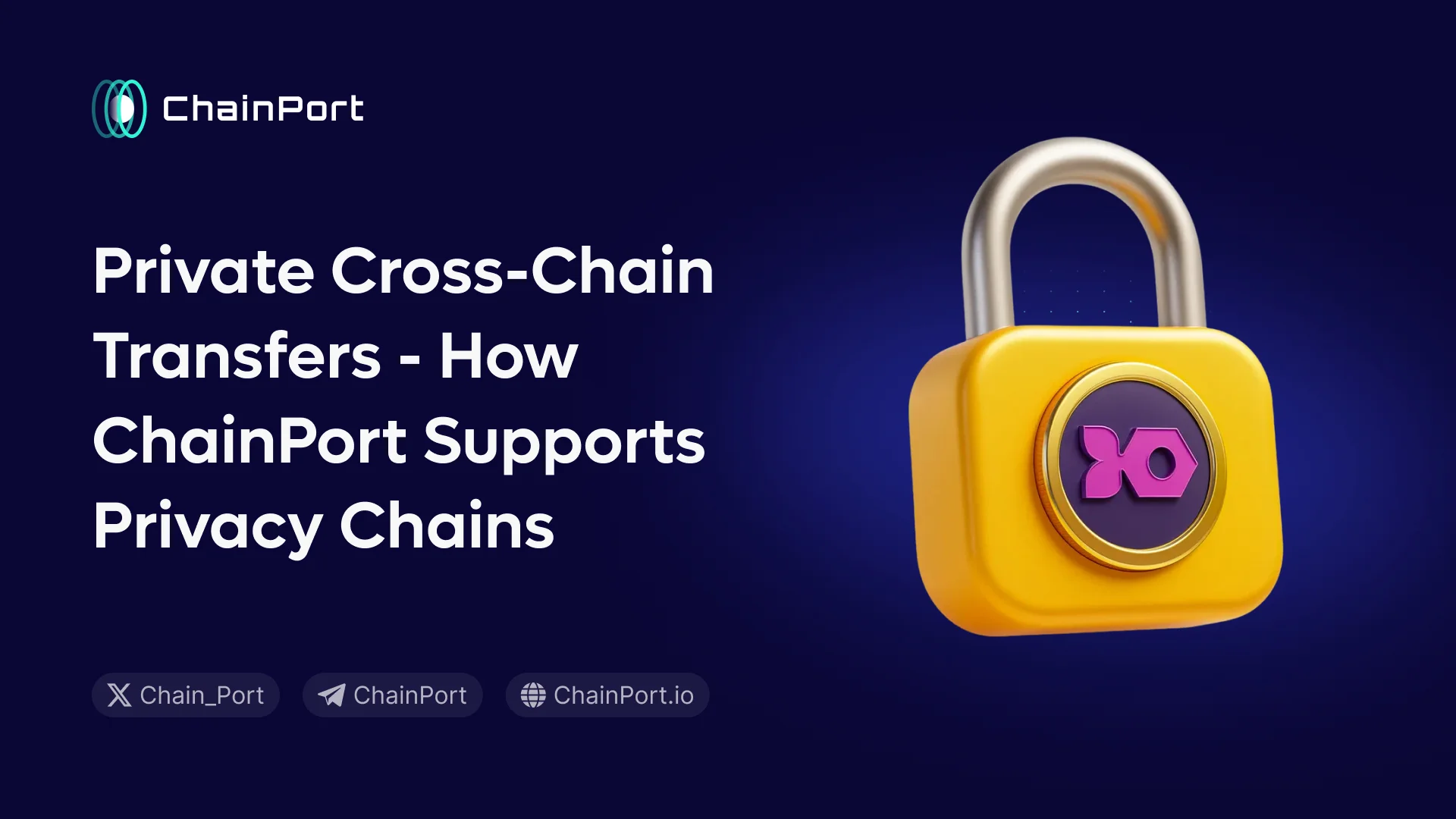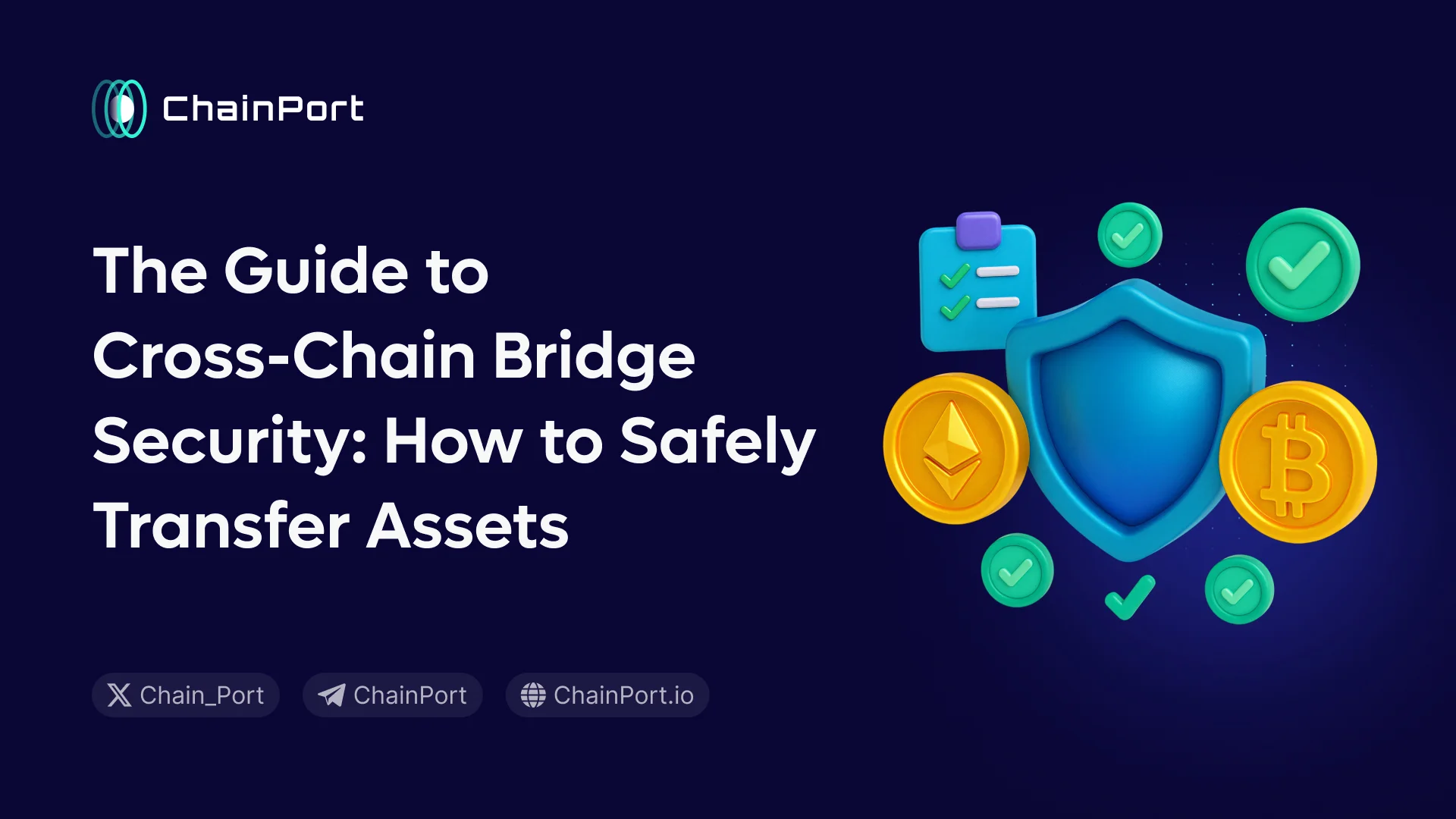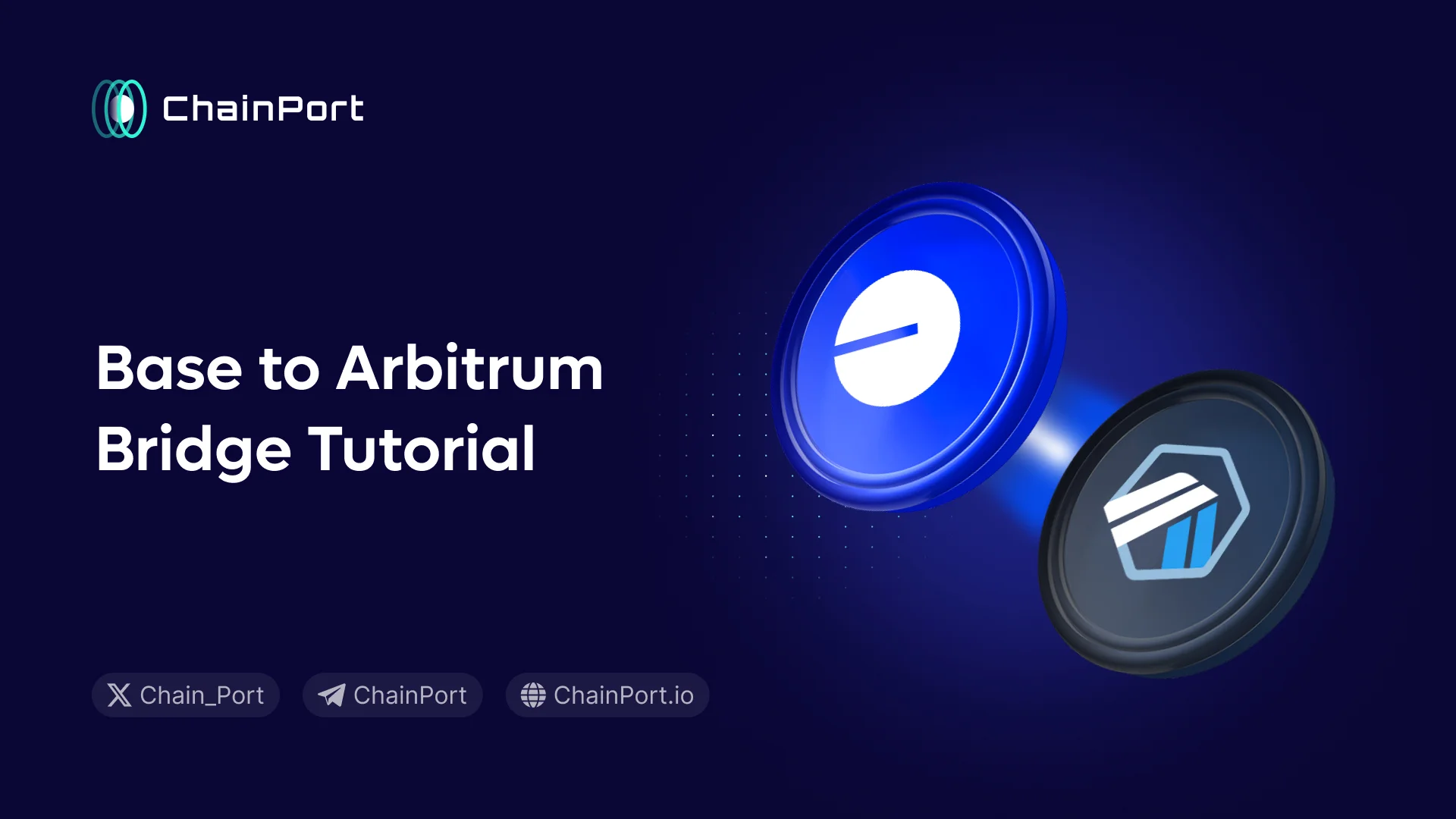tl;dr
- The blockchain world is highly fragmented, with hundreds of chains using different assets and rules, which is why cross-chain bridges like ChainPort emerged.
- Bridging lets users move tokens between blockchains without selling them, opening the door to new dApps, liquidity, and yield opportunities.
- When combined with privacy-focused networks, bridges can also help protect user identities.
- As blockchain analytics and AI get more powerful, the “semi-private” nature of Bitcoin and Ethereum isn’t enough.
Introduction to Cross-Chain Bridging
There are dozens, if not hundreds, of different blockchains, each with its own tokens, rules, and on-chain assets. This fragmentation created a need for interoperability, which led to the emergence of the first major cross-chain bridges around 2021, including ChainPort. These early bridges aimed to connect isolated ecosystems and make it possible for users to move assets freely across chains.
At its core, cross-chain bridging allows users to transfer tokens from one blockchain to another without selling or converting them. This unlocks access to new ecosystems, dApps, liquidity pools, and yield opportunities.
Bridging can also offer an added layer of privacy. When integrated with privacy-focused networks, users can move assets through bridges to shield transaction histories or interact with privacy-preserving applications.
Understanding Privacy Chains & Why Anonymity Matters in 2025
One of the original promises of cryptocurrencies was financial privacy. But with the rise of sophisticated blockchain analytics, AI, and global surveillance tools, the semi-anonymous nature of Bitcoin and Ethereum is no longer enough.
For crypto to reach mass adoption and function like digital cash, users must be able to transact without exposing their entire financial history. Publicly viewable wallets can put users at risk of targeted attacks, unwanted financial profiling, or even regulatory complications, depending on the jurisdiction.
This is where privacy chains come in.
How Different Privacy Chains Work
Privacy chains all share one mission: to let people transact freely without putting their identities, balances, or financial habits on display. But the way they achieve this varies widely across projects.
Zero-Knowledge Proofs
A major pillar of modern privacy tech is Zero-Knowledge Proofs (ZKPs). These allow someone to prove that a transaction is valid without revealing who sent it, who received it, or how much was transferred. Zcash pioneered this model with its zk-SNARKs, enabling fully shielded transactions that remain verifiable on a public blockchain. Iron Fish takes this even further by building an entire Layer-1 chain where every transaction is encrypted by default using zk-SNARKs, making privacy the standard rather than an optional feature.
Ring Signatures, RingCT, and stealth addresses
Monero takes a different path with its blend of Ring Signatures, RingCT, and stealth addresses. Instead of encrypting everything, Monero obscures the sender, hides the transaction amount, and generates a new one-time address for every payment. The result is a system where outside observers can’t reliably trace who paid whom or how much changed hands.
ZK-Rollups and Hybrid Methods
Other approaches mix privacy with practicality. Aztec uses zk-rollups to add encryption directly to Ethereum, reducing gas costs while shielding transaction data. Hybrid chains take a balanced route by keeping some information public and encrypting the sensitive parts, helping projects stay compliant with regulations like GDPR.
ChainPort's Iron Fish Integration
In early January 2025, ChainPort integrated Iron Fish, enabling bridging between privacy-focused networks and mainstream ecosystems like Base. This upgrade allows assets such as USDC and the native IRON token to move securely across chains while retaining Iron Fish’s encrypted, zero-knowledge–powered privacy.
Developers and projects can now bridge tokens to and from Iron Fish through ChainPort’s trusted infrastructure. This brings privacy-by-default capabilities into their applications and expands what’s possible for confidential on-chain workflows.
Anonymizing Transactions Through Privacy Chain Bridging
Bridging assets to a privacy chain and back significantly enhances on-chain anonymity by obscuring transaction trails and shielding sensitive financial details from public view. When tokens are moved to networks like Iron Fish or Monero, they gain the protection of advanced privacy technologies. The tech may vary, but zero-knowledge proofs, ring signatures, and stealth addresses make it extremely difficult to trace who sent what to whom.
Once assets are used or held privately on these chains, they can be bridged back to a public blockchain without reconnecting the activity to the user’s original wallet. This breaks the traceability path that analytics tools rely on. At the same time, users can still benefit from privacy-focused DeFi while retaining access to public-chain liquidity or compliance-friendly environments.






